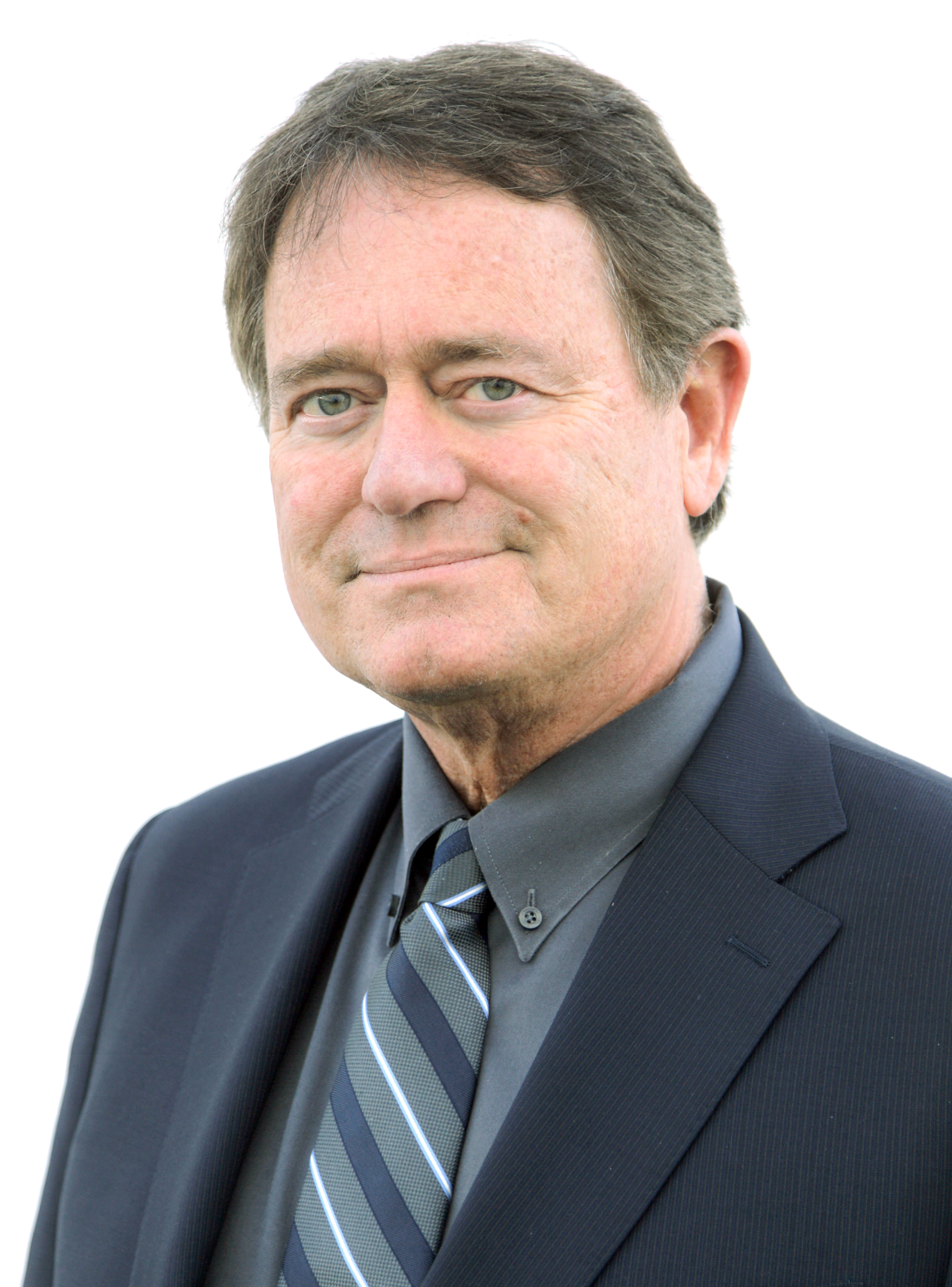What We're Working On and Why
With this issue we begin a bimonthly column that highlights current activities within the Advanced Television Systems Committee, Inc. (ATSC). The ATSC is an international organization with approximately 140 member organizations. We work together to develop DTV technical standards and to identify and address implementation issues in the countries that adopt our standards. What is unique about the ATSC is that it brings together all segments of the TV industry-broadcasters, as well as satellite and cable service providers; computer and telecom service providers; motion picture companies; and consumer electronics, computer and professional broadcast equipment manufacturers-for the purpose of developing and implementing DTV standards.
THE CORE STANDARD
Undoubtedly the most important ATSC standard to date is the ATSC Digital Television Standard A/53, approved on April 12, 1995, for it ushered in an entirely new era in television broadcasting. The nature of the ATSC DTV system is such that it is possible to provide new features that build upon the infrastructure within the broadcast plant and the receiver. One of the major enabling developments of DTV, in fact, is the integration of significant processing power in the receiving device itself. Historically, in the design of any broadcast system-be it radio or television-the goal has always been to concentrate technical sophistication (when needed) at the transmission end and thereby facilitate simpler receivers. Because there are far more receivers than transmitters, this approach has obvious business advantages. Although this continues to be true, the complexity of the transmitted bitstream and compression of the audio and video components require a significant amount of processing power in the receiver, which is now practical because of the ongoing advancements made in computing technology. The power of "Moore's Law" coupled with the huge market for DTV in the U.S. and other ATSC countries will ensure rapid advancement in receiver performance and functionality. Thus the ATSC DTV Standard offers a revolutionary new and flexible television system-and it serves as the foundation for further efforts to extend and expand applications for new technologies and new standards.
ATSC standards are, by and large, modular in scope; one standard builds on the functionality of another. The work of developing these standards is carried out in specialist groups, each of which is focused on a specific area of technology. Table 1 lists the active specialists groups and what they do.
Key efforts currently underway within the ATSC include the following:
• Developing a standard for exchange of PSIP-related metadata between systems, known as the Programming Metadata Communications Protocol (this work is being done in T3/S1).
• Refining the Advanced Common Applications Platform (ACAP) specification for interactive content, developed through a landmark harmonization effort between ATSC and CableLabs (T3/S2).
• Studying and documenting advanced video/audio coding for a proposed enhanced transmission mode, including subjective evaluation of candidate codecs (T3/S6).
• Development of a standard for synchronization of transmitters in a distributed transmission system and of a Recommended Practice for operation of multiple transmitter networks including distributed networks, on-channel repeaters and translators (T3/S9).
• Standardization of enhancements to VSB modulation (T3/S9).
• Developing a voluntary Recommended Practice on Receiver Performance Guidelines that will describe signal conditions under which DTV receivers are expected to function in the field (T3/S10).
• Documentation of a standard to provide broadcast delivery of software updates for consumer receivers and consideration of updates to the ATSC A/90 suite of data broadcast standards. (T3/S13).
• Defining the protocols and performance requirements of transport facilities for a return channel to support digital broadcast interactive services (T3/S16).
UPDATED GUIDE
The ATSC specialist groups have just completed a two-year effort to thoroughly update ATSC document A/54, "The Guide to the Digital Television Standard." The recently approved revision, known as Recommended Practice A/54A, provides a comprehensive overview and tutorial of the ATSC digital television system as defined in Standards A/52A and A/53B. This wide-ranging document brings together the key elements of the ATSC digital television system and explains the underlying concepts in detail. Program producers, broadcast stations, receiver manufacturers, and hardware/software vendors will all find it a valuable resource, and it is free. All the current ATSC Standards, Recommended Practices and related Informational Guidelines are available free of charge at the ATSC Web site (www.atsc.org) under Standards. ATSC also offers a number of on-line resources and educational documents that include Implementation Subcommittee Findings, which provide real-world suggestions on how to deal with various tough issues like lip sync. Under News & Information there is a guide in an easy-to-understand format that classifies and lists digital television standards from ATSC, SMPTE, CEA, SCTE and others. There is also a section devoted to common questions and answers.
Jerry Whitaker can be reached at tvtech@imaspub.com
Get the TV Tech Newsletter
The professional video industry's #1 source for news, trends and product and tech information. Sign up below.

